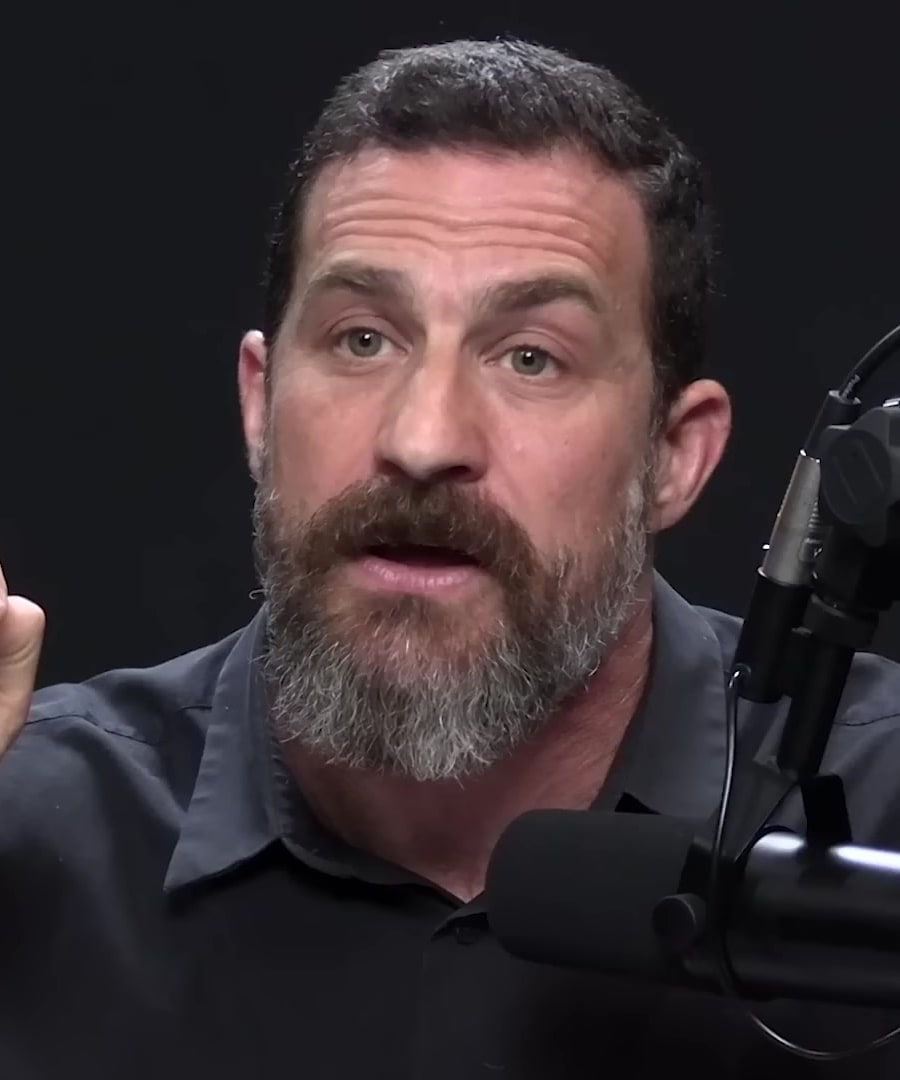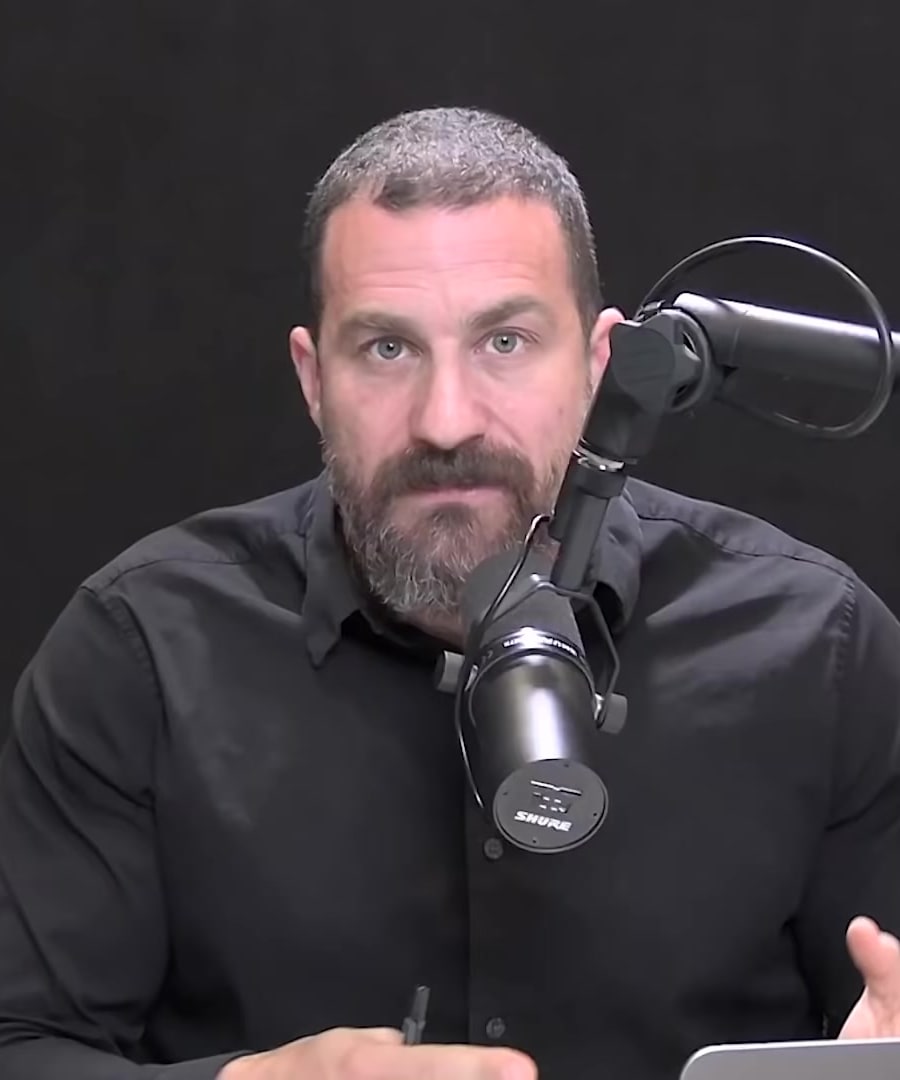What are the best protocols for cold exposure?
Sources:
Cold exposure protocols discussed on the vary in their approach but here are some general guidelines:
-
End of Shower Cold Blast: At the end of a morning shower, switch to cold water for a brief period. This has been found to increase alertness and improve mood, and the discomfort decreases with consistent practice 1.
-
Ideal Temperature and Duration: A safe temperature is one where you can stay for 30 seconds to three minutes, feeling uncomfortable but able to withstand without risk. People adapt differently, so there's no specific temperature recommendation 2.
-
Resilience Training: Select an uncomfortable temperature for showers or cold immersion and stay for a set time before exiting. This deliberate stress can help train your body to maintain clarity and calm in other life stressors, fostering resilience 3.
-
Mental Performance and Resilience: Deliberate cold exposure increases catecholamines like dopamine, norepinephrine, and epinephrine, which can boost mood, improve attention, and train mental resilience to better cope with real-life stress. Specific protocols can heighten these effects significantly 4.
-
Physical Performance Guidelines: To avoid reducing strength and hypertrophy gains, it's advisable to refrain from cold water immersion up to the neck for four hours post-strength training. However, shorter cold exposures like showers may be less impactful and can still be beneficial for recovery 5.
-
Fat Loss Optimization Protocol: This involves accessing cold to induce shivering and transitioning between cold and slightly warmer environments to maximize the shivering process, aiding in fat loss and reducing inflammation 6.
-
Recovery after High Intensity Training: Shorter durations of cold exposure immediately after training can reduce soreness, enhance recovery, and boost training efficacy. Cooling packs and cryotherapy can also be part of this approach 7.
-
Consistency and Adaptation: A minimum of 11 minutes of total cold exposure per week, divided into multiple sessions, is a useful benchmark. Adapt by either lowering the temperature, extending duration, or increasing frequency to maintain a mental challenge 8.
These protocols should always be adapted based on personal safety and comfort, and you can increase the challenge as you adapt to maintain benefits.
RELATED QUESTIONS-
Can you give more practical cold exposure advice?
Sources:
For practical cold exposure advice, here are some additional points based on recent Huberman Lab insights:
-
Adjustment After Exposure: If you're feeling good and decide to do deliberate cold exposure, don't worry too much about actively warming back up immediately. Allow your body to use its metabolism to heat naturally, but avoid staying very cold for prolonged periods after exposure—generally not more than about 10-30 minutes. It's recommended you get dressed or get in the sun to warm up afterward based on your comfort and safety 1.
-
When Feeling Run Down: If you're feeling slightly unwell but wish to engage in cold exposure, ensure to warm up thoroughly afterward, possibly with hot tea or fluids. If feeling significantly under the weather, avoiding cold exposure and opting for warmer activities is suggested 2.
-
Breath Control: When initiating cold exposure, such as a cold shower or plunge, you can expect an increase in stress and breathing rate. Aim to control your breathing in this environment, as it serves as practice for managing stress more effectively in everyday stressful situations 3.
-
Movement During Exposure: While submerged in cold water, moving around can disrupt the thermal layer your body generates, which may make you feel colder. Continuous movement can enhance the potency of the stimulus for mental resilience training. This strategy can help you get more benefits from the same temperature of water without continually needing to make it colder 4.
-
Cognitive Engagement: Try engaging in cognitive exercises while in cold water to maintain clarity of mind. This can include simple math problems, structured sentences, or recall tasks. This teaches your prefrontal cortex to stay engaged despite the body's elevated stress levels 5.
-
Showering Techniques: For cold showers specifically, stand under the shower and let it hit your head, back of the neck, and upper back. These areas contain a concentration of brown fat, and exposure here can trigger thermogenic adaptations. This has been linked to a variety of benefits, including mood elevation and potentially reducing waist circumference 6.
-
Safety First: Always practice cold exposure safely. Make sure not to expose yourself to cold to an extent that could cause physical or mental harm 3.
The points above blend both methodological steps and precautionary measures to ensure a beneficial and safe cold exposure routine.
RELATED QUESTIONS-
What are the best protocols for cold exposure?
- RELATED QUESTIONS
Can you give more practical cold exposure advice?
- RELATED QUESTIONS













